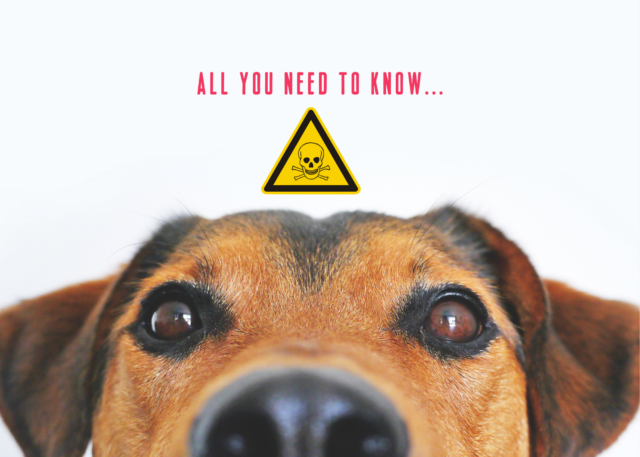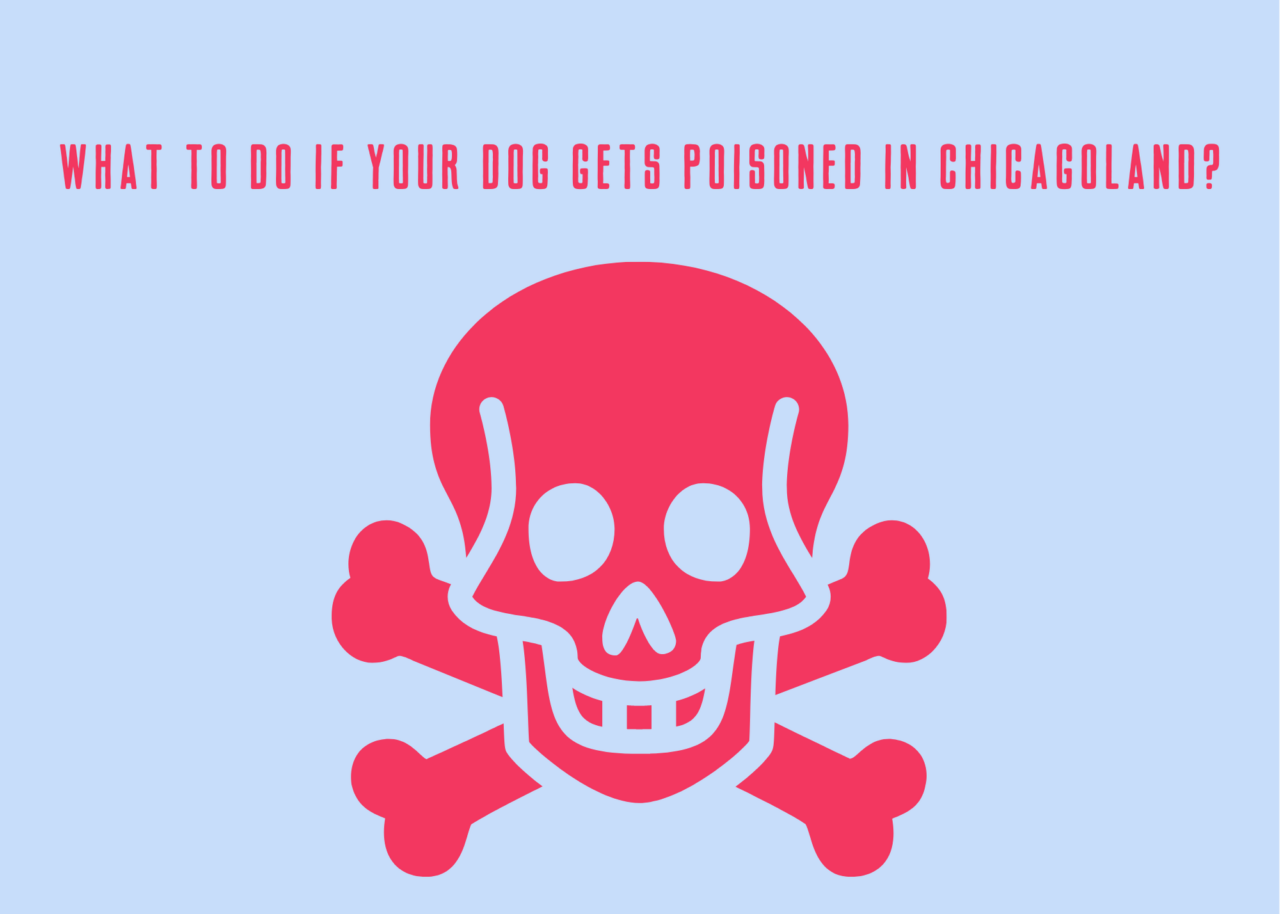
Dog poisoning is a terrible scenario that I don’t wish for anybody, and I really hope that you never ever need to use any of the tools that I am going to give you in this post. In a perfect world, the ideal situation would be all of us preventing our dogs from eating anything poisonous, but the truth is that accidents happen especially when we are dealing with animals, so keep this information on your favorites, or screenshot this post, print it and put it on your fridge so you always have it on hand. Also, if you think this post is useful share it with your friends and family!
First, how do you know if your dog has been poisoned? and there is no only 1 answer to this question, this is going to depend on what kind of poison if it was swallowed, inhaled, or if it was something that came in contact with the dog’s skin. However, the most common symptoms are the following:
-Swallowed poisons: diarrhea, vomit, agitation, abnormal heartbeat, excessive drooling, nausea, pale gums.
-Inhaled poisons: difficult to breathe or lose consciousness.
-Poisons that come into contact with your dog’s skin can cause irritation and pain.
Now, the most important part:
What to do?
1. I want you to go to Google and type: “24 hours Emergency Vets near me” then find the nearest emergency vet and save their information, so you’ll have it on hand if needed. Most popular emergency vets if you live in Chicagoland:
2.Now, let’s say your dog ingested/inhaled/came in touch with some kind of poison; the first thing you are going to do is keep calm, you are going to feel like you are about to freak out, but don’t do it, you need to be thinking clearly.
3. Prevent your dog from eating or breathing in any more of the toxin.
4.If you saw the poison, and if it’s safe, try to take a sample or picture of the packaging to show to your vet. In these cases, the more information you can provide your vet with the better and the faster they are going to be able to determine what kind of treatment or procedures your dog needs.
5.Call the emergency vet, notify them that you are on your way with a pet poisoning case, be prepared to provide them with the following information: What kind of poison the dog ingested? how long ago did the dog ingest the poison? how much poison did the dog swallow? what symptoms are the dog presenting at the moment?
6.Drive the dog to the emergency vet.
7. If someone can go with you, tell them to be prepared to document the dog’s symptoms (vomit, seizures, difficulty to breathe, excessive drooling, agitation, etc) and how often they occurred.
As said above, in these cases the more information you can get to your vet, the better so take pictures, videos, samples whatever you think can be of help for the vet.




13 comments
Pingback: order enclomiphene buy virginia
Pingback: kamagra pharmacie en ligne
Pingback: order androxal uk generic
Pingback: buy cheap flexeril cyclobenzaprine generic side effect
Pingback: buy dutasteride canada fast shipping
Pingback: order fildena purchase uk
Pingback: order gabapentin generic name
Pingback: buying itraconazole generic good
Pingback: free shipping staxyn
Pingback: Buy perscription avodart online
Pingback: buying rifaximin uk pharmacy
Pingback: online order xifaxan generic name
Pingback: sleva kamagra kanada
Comments are closed.